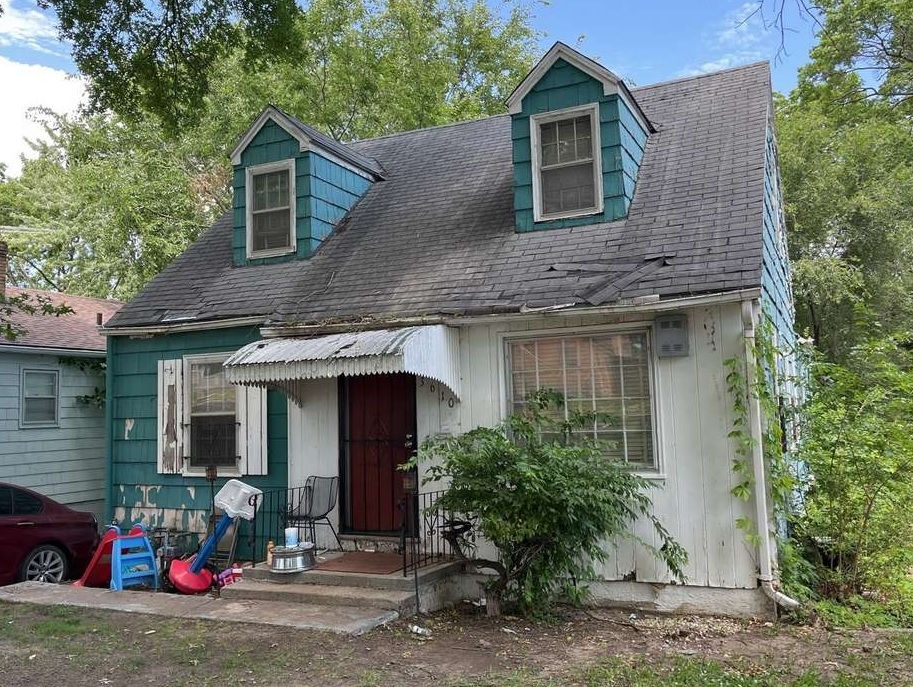What is an ARV appraisal?
- Dan Moberly
- Aug 4
- 2 min read

If you’re investing in real estate—especially fix-and-flip projects—chances are you’ve come across the term ARV, or After-Repair Value. It’s a critical figure used by buyers, investors, lenders, and appraisers to estimate the future value of a property after planned renovations are complete.
But what exactly is an ARV appraisal, and why does it matter? Let’s break it down.
What Does ARV Mean?
ARV stands for After-Repair Value—the estimated market value of a property once all proposed renovations or improvements have been completed. This number plays a key role in real estate investment decisions, as it helps investors determine whether a property will be profitable after factoring in the purchase price and renovation costs.
What Is an ARV Appraisal?
An ARV appraisal is a specialized appraisal report that estimates the property's future market value based on proposed repairs or improvements. Unlike a standard appraisal, which focuses on a property’s current condition, an ARV appraisal takes a forward-looking approach.
To develop an ARV, an appraiser will:
Inspect the current state of the property
Review a detailed scope of work provided by the investor or contractor (including upgrades to flooring, kitchens, bathrooms, roof, etc.)
Analyze comparable sales (comps) of similar properties in the same area that reflect a renovated condition
Apply adjustments based on market data to estimate what the subject property would be worth post-renovation
The result is a professional, unbiased opinion of value that lenders or investors can rely on when making financing or buying decisions.
Why Do You Need an ARV Appraisal?
Here are some common scenarios where an ARV appraisal is essential:
1. Hard Money or Rehab Loans
Most hard money lenders base their loan amounts on a percentage of the ARV. A certified appraisal helps them validate the risk and determine how much they’re willing to lend.
2. Investment Planning
Flippers and BRRRR (Buy, Rehab, Rent, Refinance, Repeat) investors use ARVs to evaluate potential return on investment (ROI) and decide whether a deal is worth pursuing.
3. Risk Reduction
An ARV appraisal helps ensure that everyone involved—borrower, lender, or investor—is making decisions based on realistic, market-supported data rather than guesswork.
How Is It Different from a Traditional Appraisal?
Traditional Appraisal | ARV Appraisal |
Based on current condition | Based on proposed improvements |
Uses comps of similar as-is properties | Uses comps of similar fully renovated properties |
Common for purchase or refinance | Common for fix-and-flip, BRRRR, or construction loans |
What to Provide to the Appraiser
To ensure a reliable ARV appraisal, you’ll want to provide:
A detailed scope of work
Photos or renderings of the planned finishes, if available
Budget estimates or contractor bids
Any permits or architectural plans, if applicable
The more clear and detailed your renovation plan is, the more accurate your ARV will be.
Final Thoughts
An ARV appraisal is a vital tool for investors and lenders navigating the world of real estate rehabs. It provides a clear picture of the property’s potential, helping you make smart, informed financial decisions. If you’re planning a renovation-heavy purchase, don’t skip this step—your numbers (and your bottom line) depend on it.
Need an ARV appraisal for your next project? Contact us today—we offer fast, accurate valuations tailored for investors.




Comments